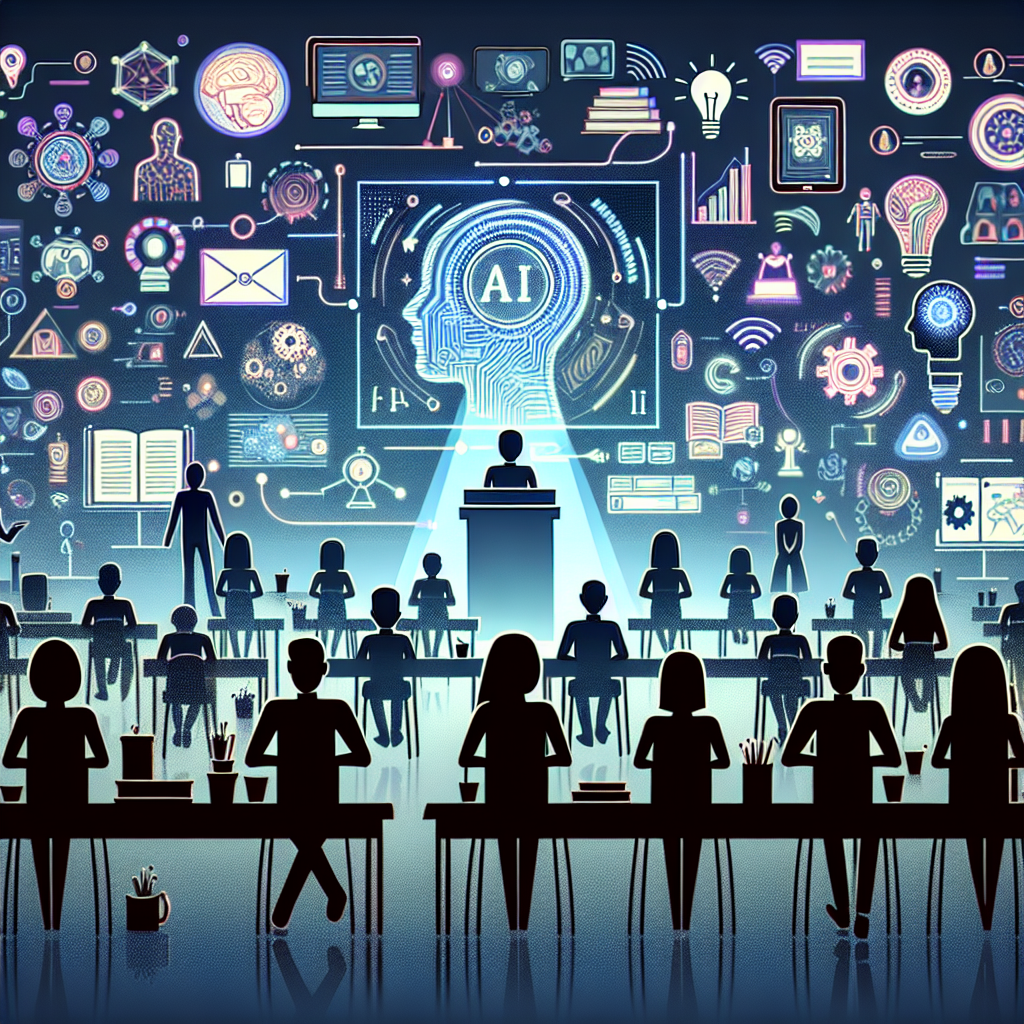Artificial intelligence (AI) has the potential to revolutionize the way we approach education and lifelong learning initiatives in government. With the rapid advancements in AI technology, governments around the world are exploring how AI can be used to improve the quality and accessibility of education for all citizens.
One of the key benefits of AI in education is its ability to personalize learning experiences for students. By analyzing data on student performance and behavior, AI can tailor educational content to the individual needs and preferences of each student. This can help students learn at their own pace and in a way that is most effective for them, leading to improved learning outcomes.
AI can also be used to automate administrative tasks in education, such as grading assignments and managing student records. This can free up teachers and administrators to focus on more important tasks, such as providing personalized support to students and developing innovative teaching methods.
In addition to improving the quality of education, AI can also make education more accessible to all citizens. By leveraging AI-powered tools, governments can provide online learning resources and virtual tutoring services to students who may not have access to traditional educational opportunities. This can help bridge the gap between urban and rural areas, as well as provide education to underserved populations.
Furthermore, AI can help governments identify trends and patterns in education data, allowing them to make more informed policy decisions. By analyzing data on student performance, attendance, and behavior, governments can identify areas where intervention is needed and allocate resources more effectively to support student success.
One area where AI is already making a significant impact in education is in the development of adaptive learning platforms. These platforms use AI algorithms to analyze student data and provide personalized recommendations for learning activities. This can help students stay engaged and motivated, leading to improved learning outcomes.
Another area where AI is being used in education is in the development of virtual reality (VR) and augmented reality (AR) applications. These technologies can provide immersive learning experiences for students, allowing them to explore complex concepts in a more interactive and engaging way.
Overall, AI has the potential to transform the way we approach education and lifelong learning initiatives in government. By harnessing the power of AI, governments can provide more personalized, accessible, and effective education to all citizens, leading to a more educated and skilled workforce.
FAQs:
1. How is AI being used in education today?
AI is being used in education in a variety of ways, such as personalized learning platforms, automated administrative tasks, and virtual reality applications. These tools help improve the quality and accessibility of education for all students.
2. How can AI help make education more accessible?
By providing online learning resources and virtual tutoring services, AI can help bridge the gap between urban and rural areas, as well as provide education to underserved populations who may not have access to traditional educational opportunities.
3. What are some of the challenges of using AI in education?
Some challenges of using AI in education include ensuring data privacy and security, addressing biases in AI algorithms, and providing proper training for teachers and administrators to use AI tools effectively.
4. How can governments leverage AI to improve education policy?
By analyzing data on student performance, attendance, and behavior, governments can identify trends and patterns that can inform policy decisions and resource allocation to support student success.
5. What are some examples of AI-powered tools in education?
Some examples of AI-powered tools in education include adaptive learning platforms, virtual reality applications, and automated grading systems. These tools help improve the quality and accessibility of education for all students.

